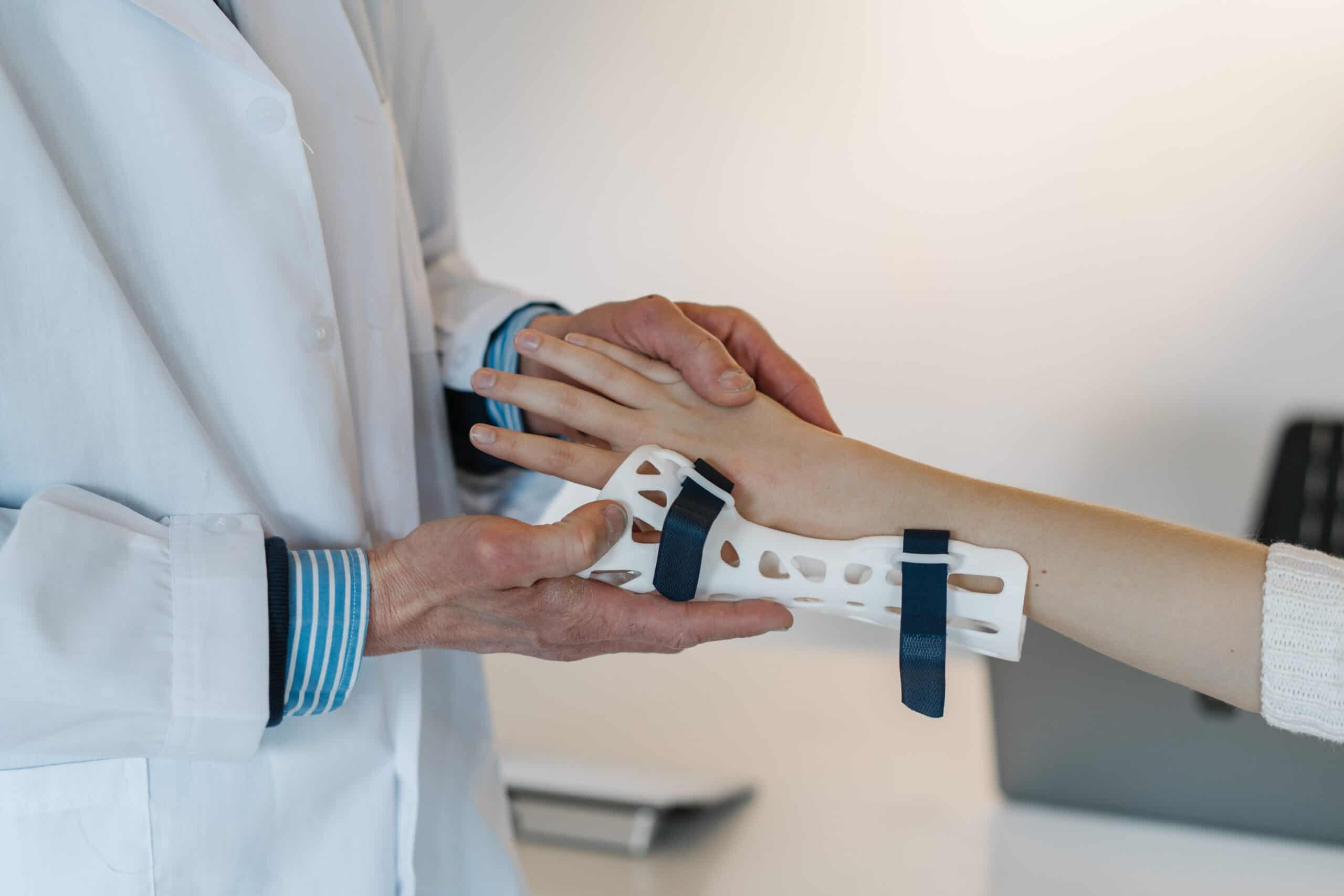Wrist Colles Fracture: Rehab Pilates

We have all had a fall once in our life. As kids, when we ran and fell with our hands and legs
outstretched, we bruised ourselves, bled and cried a little and got up again and continued playing in
a day. But as we age, our body is not that forgiving. Falling on an outstretched hand can lead to a
wrist fracture that takes weeks to heal. That does not mean we won’t heal and be up an about.
However, it takes consistent rehab with an experienced professional to regain optimum mobility. In
this blog, we discuss the Colles fracture and how rehab Pilates can help with it.
Colles Fracture
A Colles fracture is a type of broken wrist that usually occurs after a fall on an outstretched hand.
When you reach your hand out to catch yourself in a fall, you might land on the small bones that
make up your hand and wrist — especially two bones called the lunate and scaphoid. This contact
transfers energy to your radius, one of your two arm bones. The end of the radius near your wrist,
called the dorsal end, breaks. This fracture, which typically happens about an inch away from the
end of your radius, causes the broken bone to tilt upward.
Women aged 50 and older, especially those with osteoporosis are most likely to get a Colles fracture
from a fall. Other people of all ages might get a Colles fracture not only from a fall but also from
trauma sustained from a car crash, skiing, skating, horseback riding, bike riding or contact sports.
A Colles fracture requires surgery to insert a pin and plate to heal the bones. The arm is put in a cast
for about 6 to 12 weeks until the bones heal.

Case Study
A 50 years old air hostess, slipped outdoors and fell. She has no memory of the fall or what caused it.
However, she was taken to the doctor immediately. Her arm was bruised and swollen; her wrist was
hanging at an odd angle. She had to undergo surgery to pin and plate the wrist.
Six weeks after the surgery, she came to Moushu’s Pilates for rehab. There was a lot of swelling and
tightness in her wrist. Moreover, there was skin colouration and the scar tissue was rigid. We
advised her to immerse her hand in hot and cold-water contrast bath and to apply vitamin E oil for a
few days. Once the swelling reduced, we worked on the manual release of the rigid scar tissue.
She was prescribed self-assisted exercises like active finger movements and gripping practice. The
grip practice was done on a towel or other cylindrical objects, and not balls. We later moved on to
biceps movement with freehand elbow flexion and extension. After 2 weeks of these simple
exercises, the pain and stiffness were gone. Now, we added light weights to the bicep curls, followed
by supination and pronation of the wrist. We worked on carpal bone mobilisation as well as arm
exercises with the resistance band.
After 2 more weeks, she could weight bear on her hands. So we made her do wall push-ups, and
gradually moved to inclined push-ups. Lastly, we finished the rehab Pilates for her wrist with
scapular thoracic work, as low control in the scapular-thoracic region can lead to more arm injuries
and misalignments causing pain. After 10 weeks of the injury, she had gained 90% of her strength
and mobility back.
Conclusion
At Moushu’s Pilates, we make sure that we follow a comprehensive rehabilitation program. Any
rehab for the wrist or elbow is incomplete without a complete upper quadrant rehab, along with some core work. By doing Pilates regularly you can avoid debilitating injuries and aid your body to
heal quickly post a fall. Watch the video below for some exercises for the wrist.
Contact us for a trial class.
